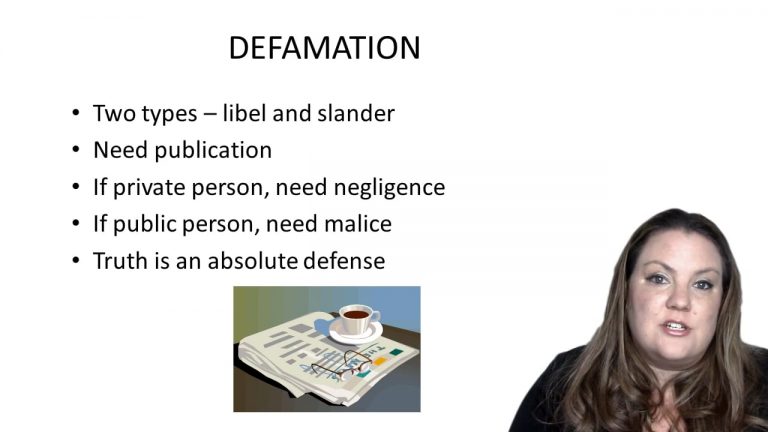SmartBrief
Confirm favorite deletion?
Torts Keyed to Duncan
WFAA-TV, Inc. v. McLemore
Citation:
978 S.W.2d 568 (Tex. 1998)Facts
John McLemore (plaintiff) was a local television reports who live covered the Bureau of Alcohol, Tobacco, and Firearms (ATF) raid of a compound in Waco, Texas. The raid ended in gunfire, with several agents and Davidians injured or killed. Two days later, several news stations began questioning why the raid went poorly, including speculation that the Davidians were tipped off. WFAA-TV (defendant) repeated these allegations, showing footage of and naming the plaintiff. The plaintiff sued several reporters and news agencies, including the defendant for defamation. The defendant filed a motion for summary judgment, on the grounds that the plaintiff was a public figure and as a matter of law he had not proven the defendant had acted with actual malice.
Only StudyBuddy Pro offers the complete Case Brief Anatomy*
Access the most important case brief elements for optimal case understanding.
*Case Brief Anatomy includes: Brief Prologue, Complete Case Brief, Brief Epilogue
- The Brief Prologue provides necessary case brief introductory information and includes:
Topic:
Identifies the topic of law and where this case fits within your course outline.Parties:
Identifies the cast of characters involved in the case.Procedural Posture & History:
Shares the case history with how lower courts have ruled on the matter.Case Key Terms, Acts, Doctrines, etc.:
A case specific Legal Term Dictionary.Case Doctrines, Acts, Statutes, Amendments and Treatises:
Identifies and Defines Legal Authority used in this case.
- The Case Brief is the complete case summarized and authored in the traditional Law School I.R.A.C. format. The Pro case brief includes:
Brief Facts:
A Synopsis of the Facts of the case.Rule of Law:
Identifies the Legal Principle the Court used in deciding the case.Facts:
What are the factual circumstances that gave rise to the civil or criminal case? What is the relationship of the Parties that are involved in the case.Issue(s):
Lists the Questions of Law that are raised by the Facts of the case.Holding:
Shares the Court's answer to the legal questions raised in the issue.Concurring / Dissenting Opinions:
Includes valuable concurring or dissenting opinions and their key points.Reasoning and Analysis:
Identifies the chain of argument(s) which led the judges to rule as they did.
- The Brief Prologue closes the case brief with important forward-looking discussion and includes:
Policy:
Identifies the Policy if any that has been established by the case.Court Direction:
Shares where the Court went from here for this case.
Topic Resources
Topic Outline
Topic Refresher Course

 11m 49s
11m 49s